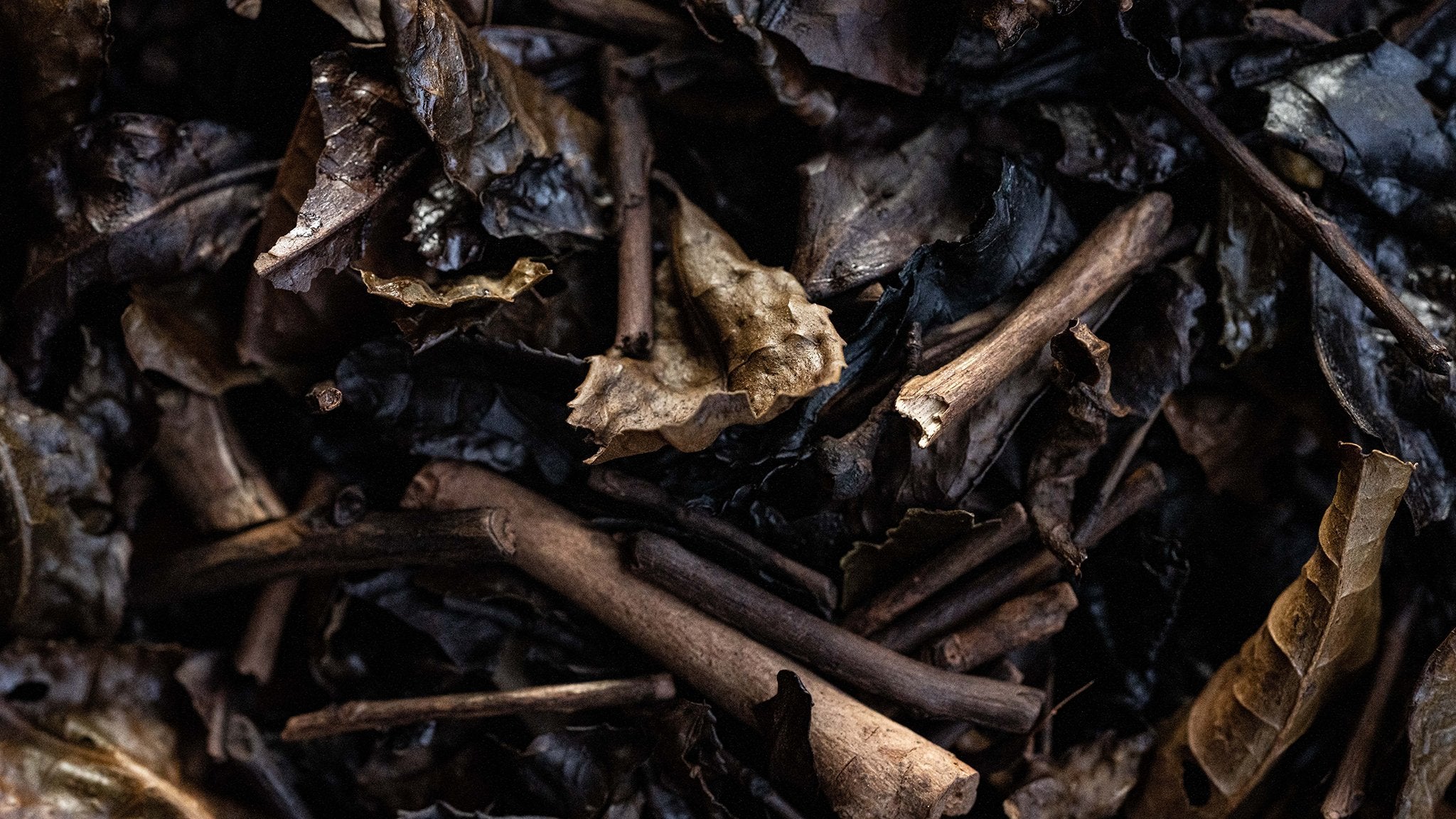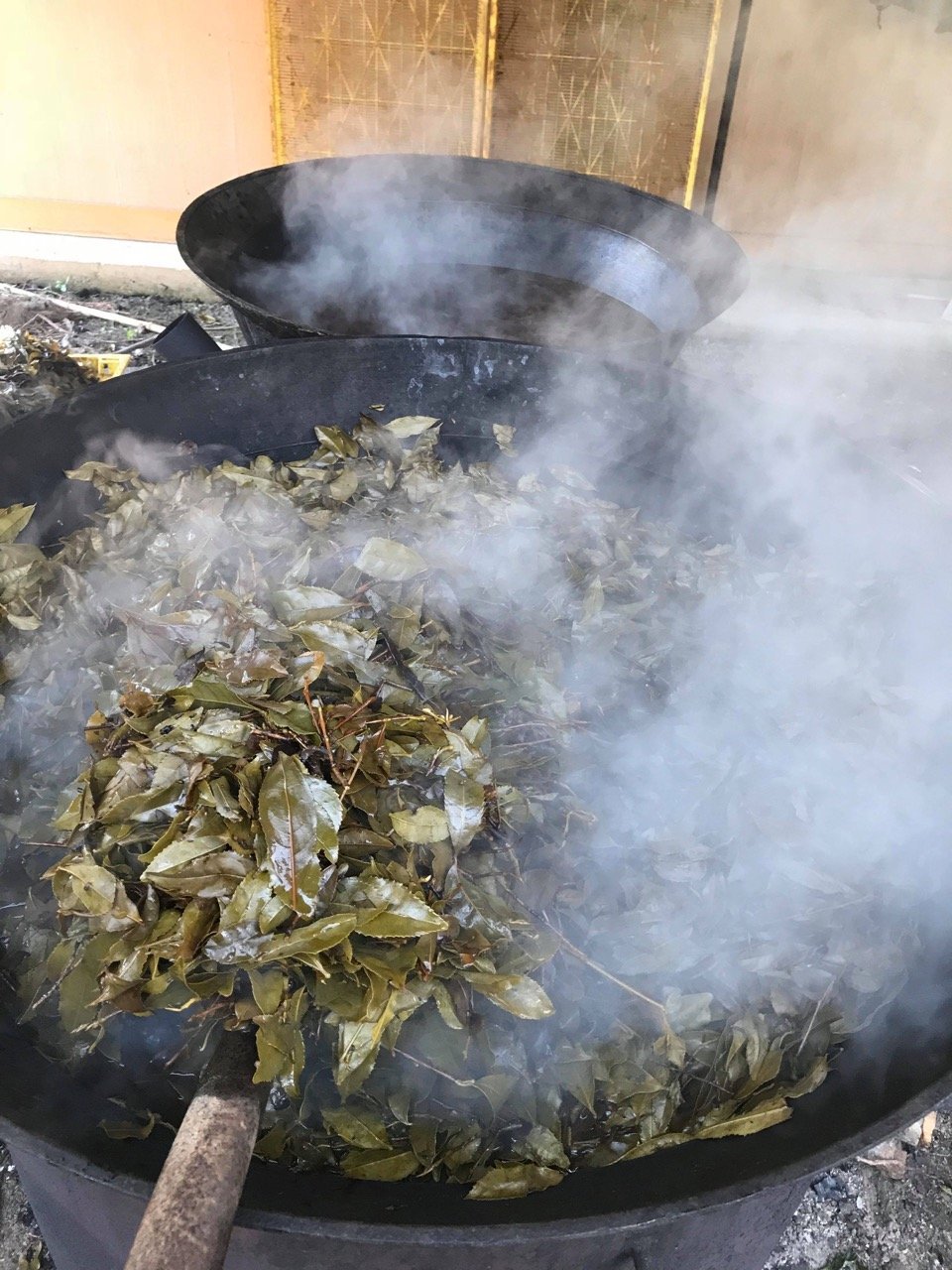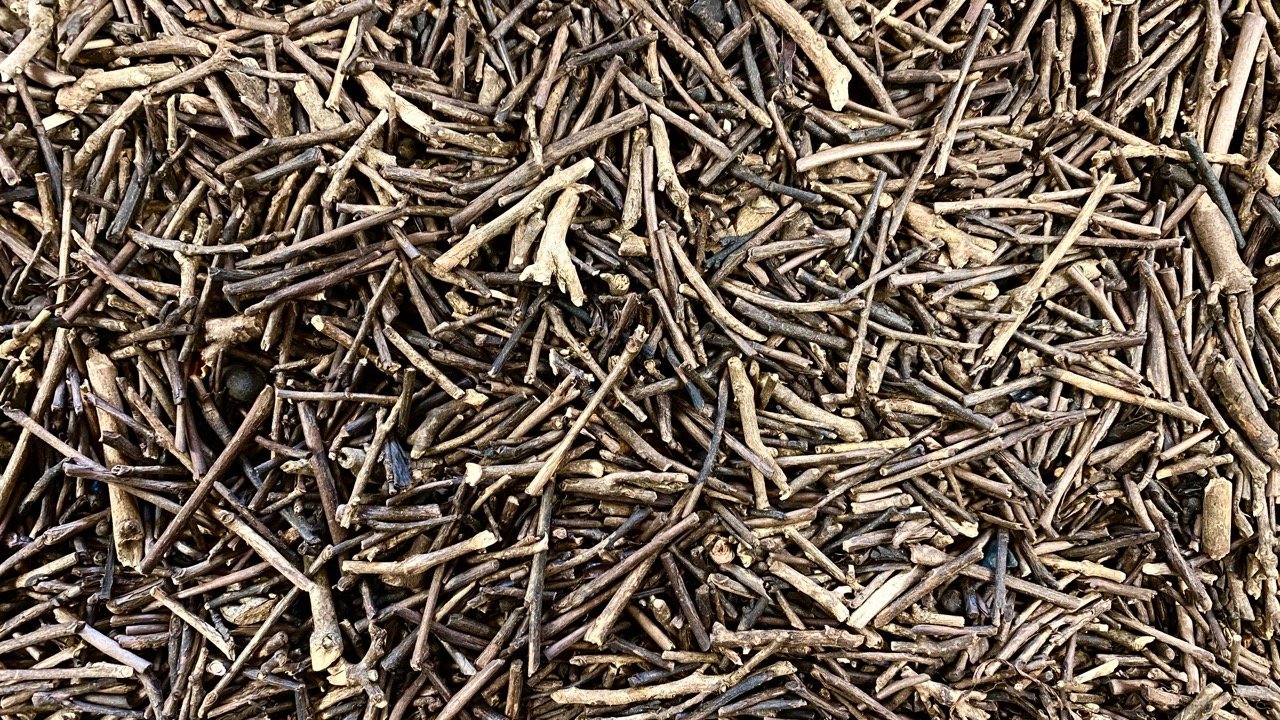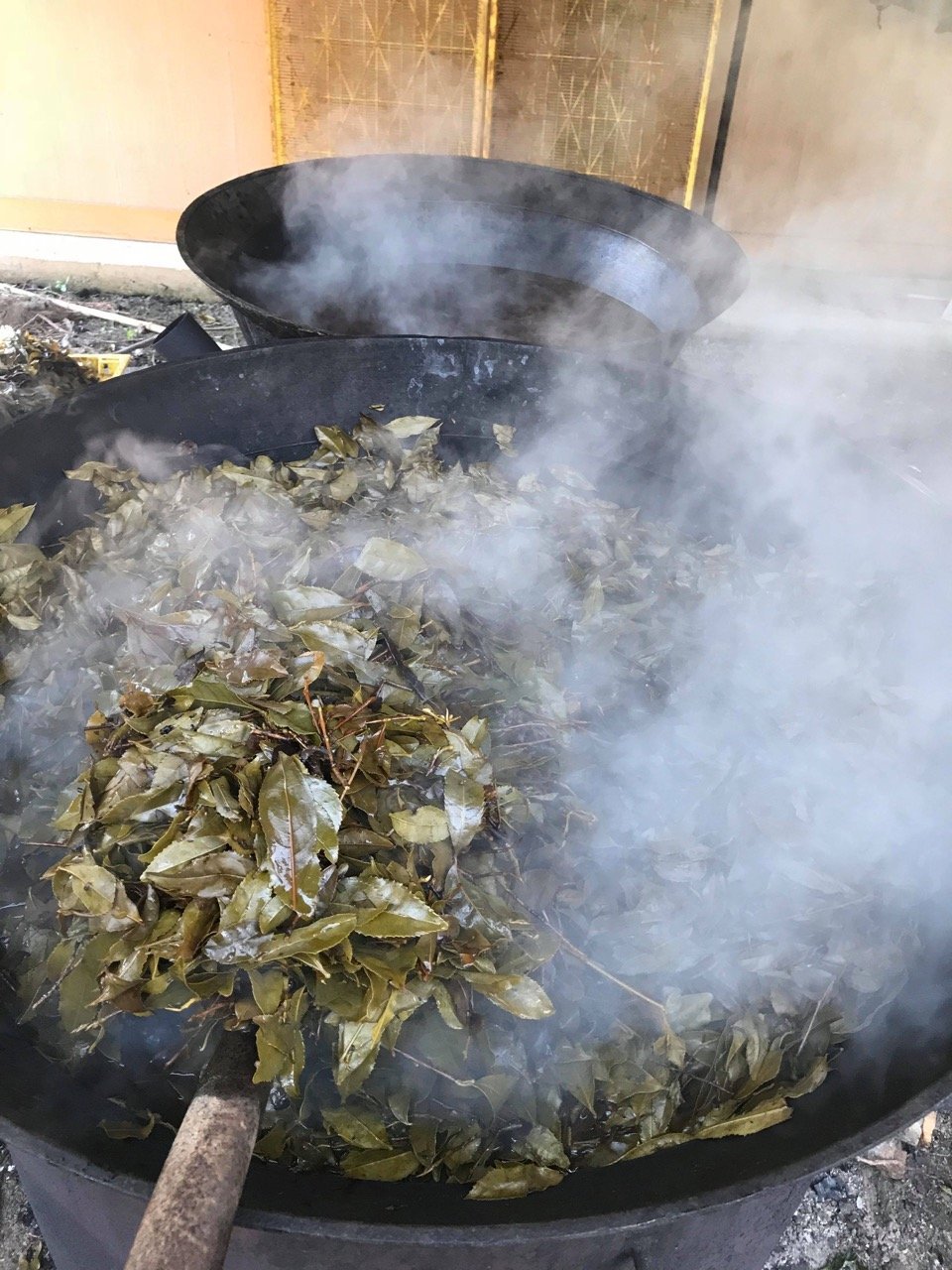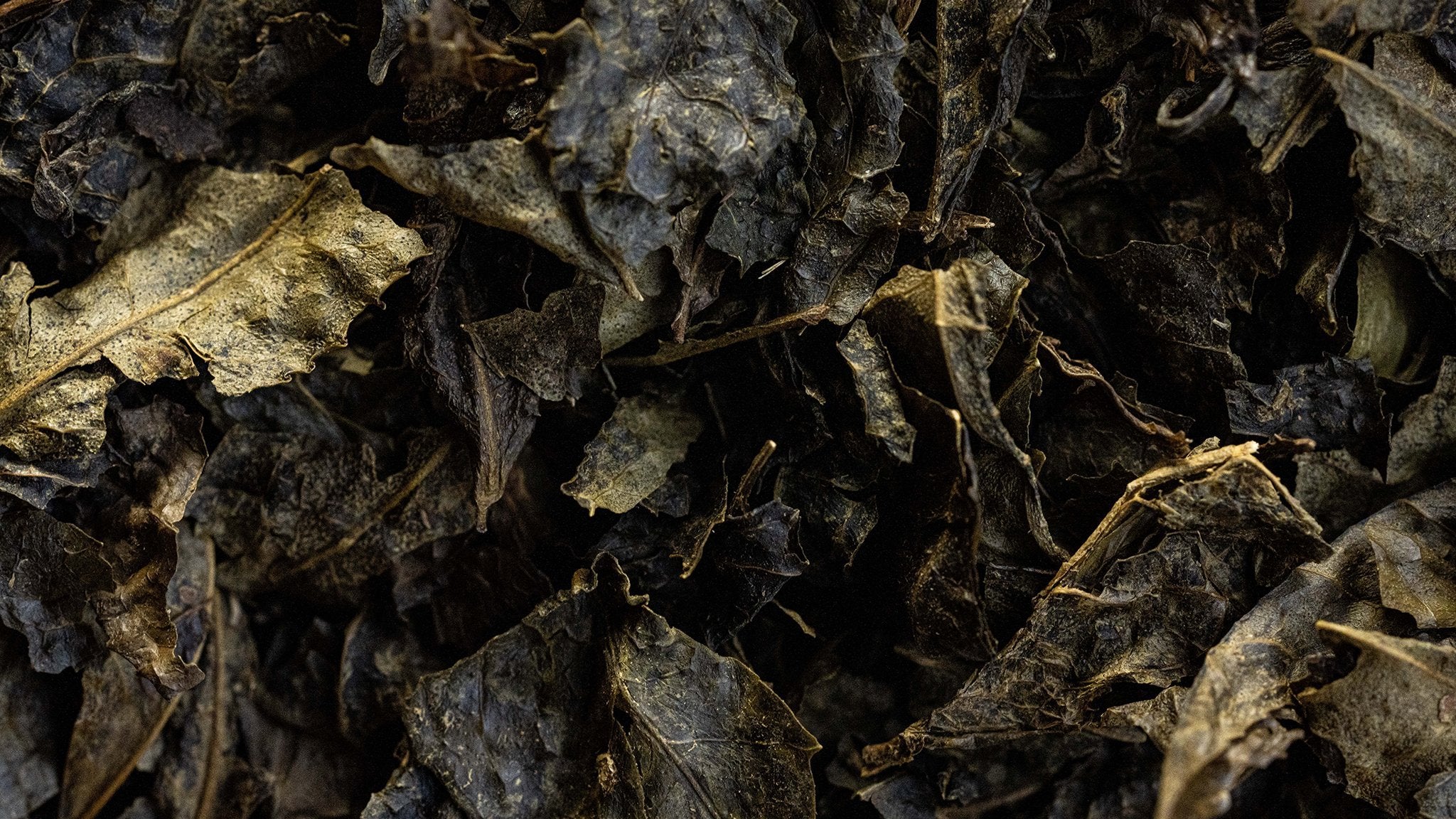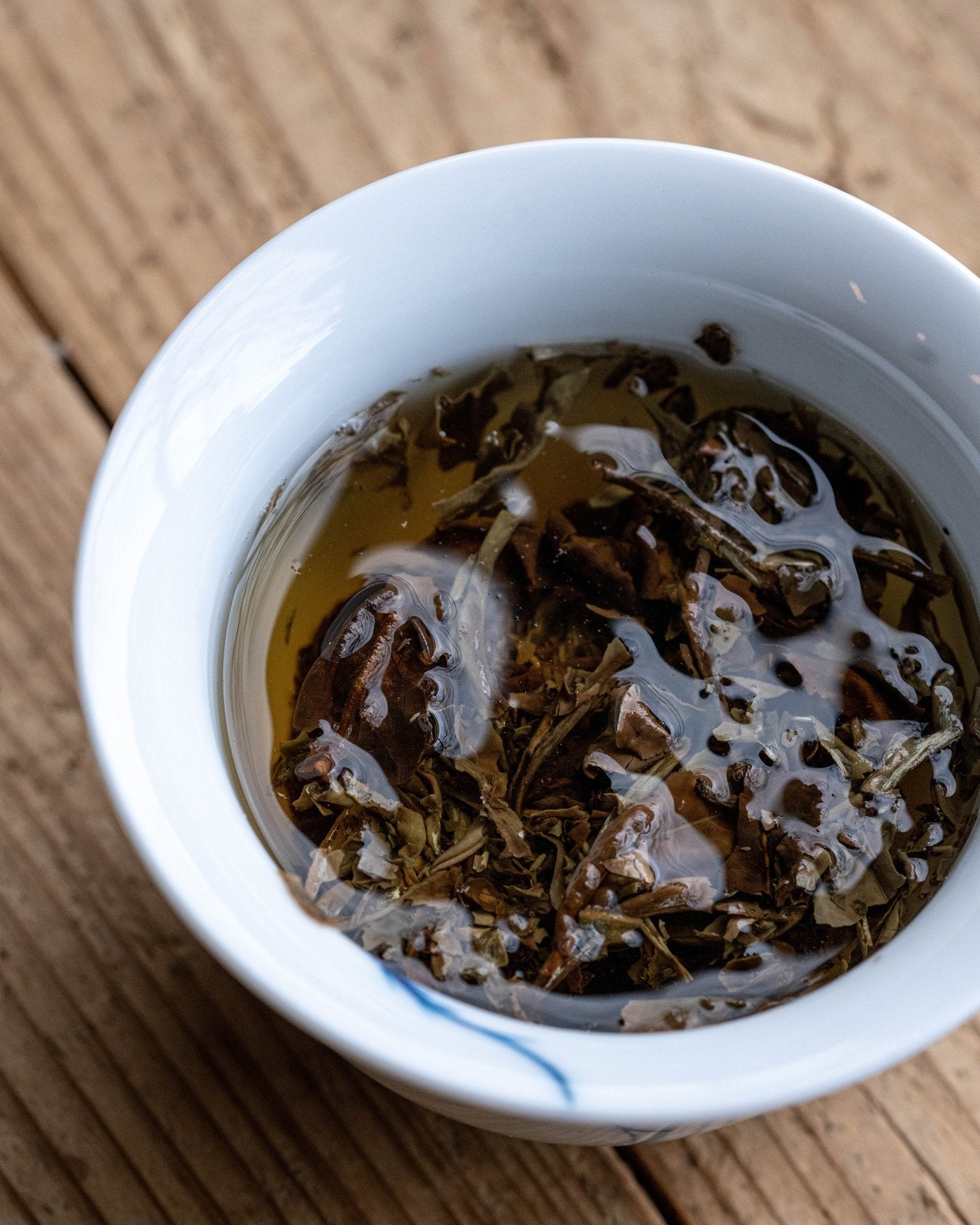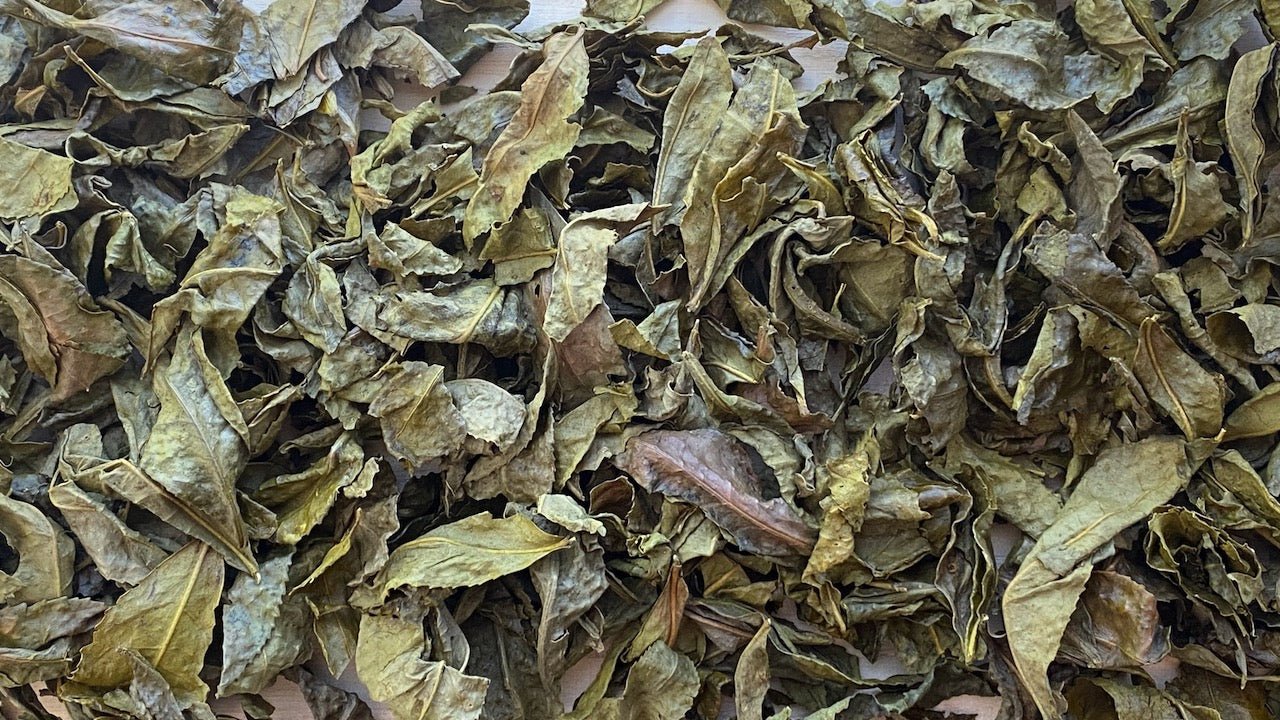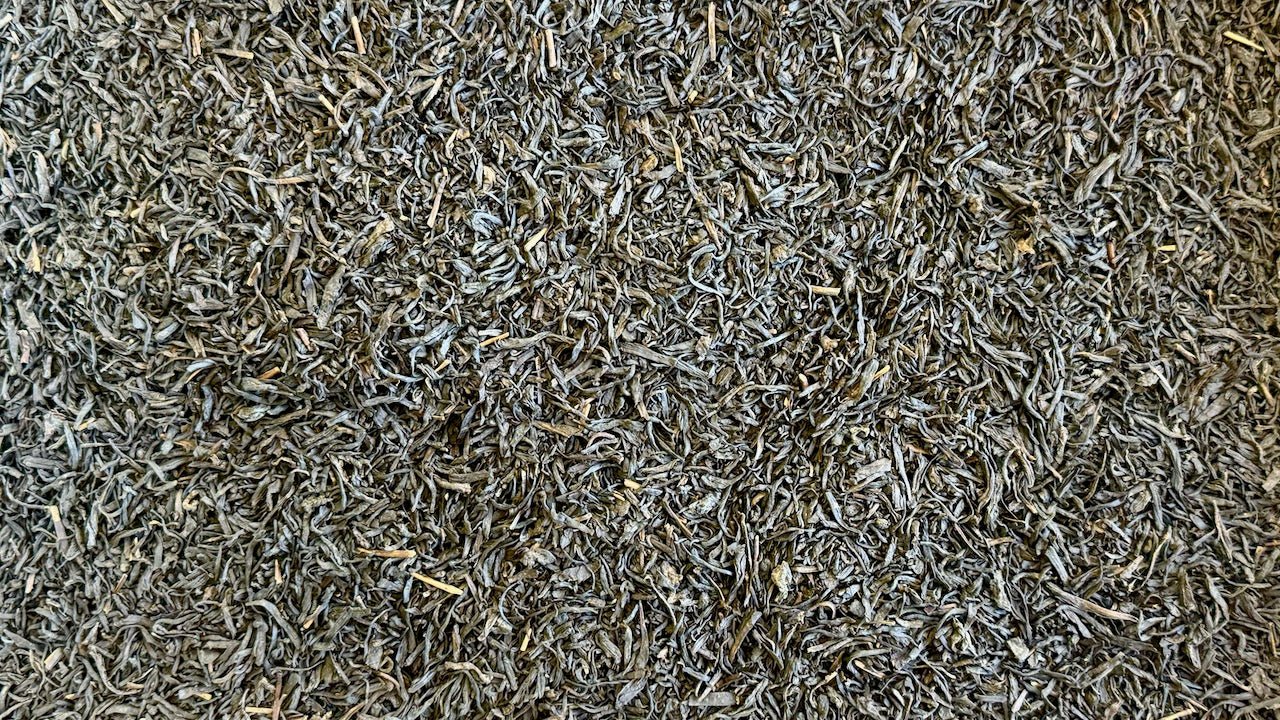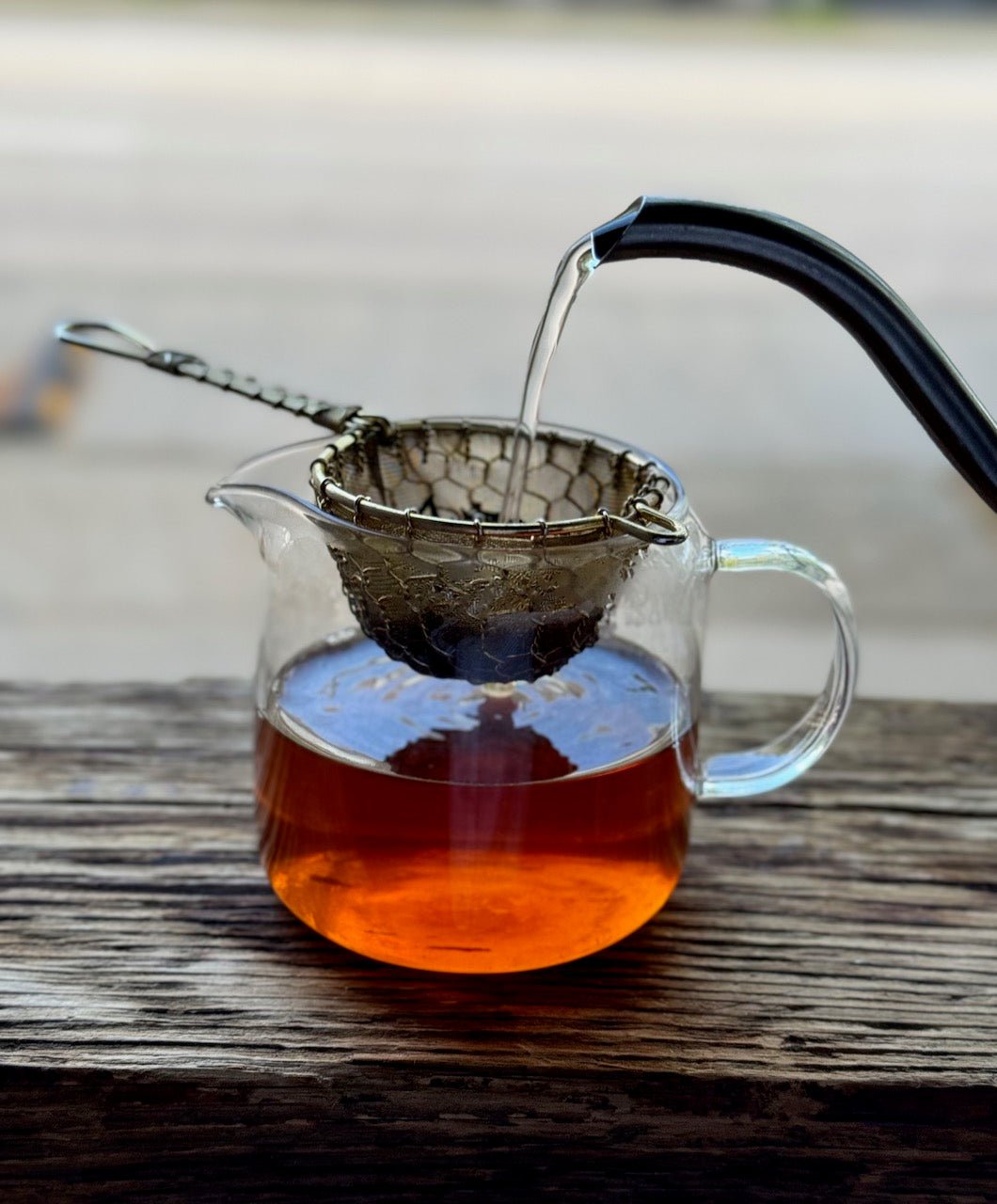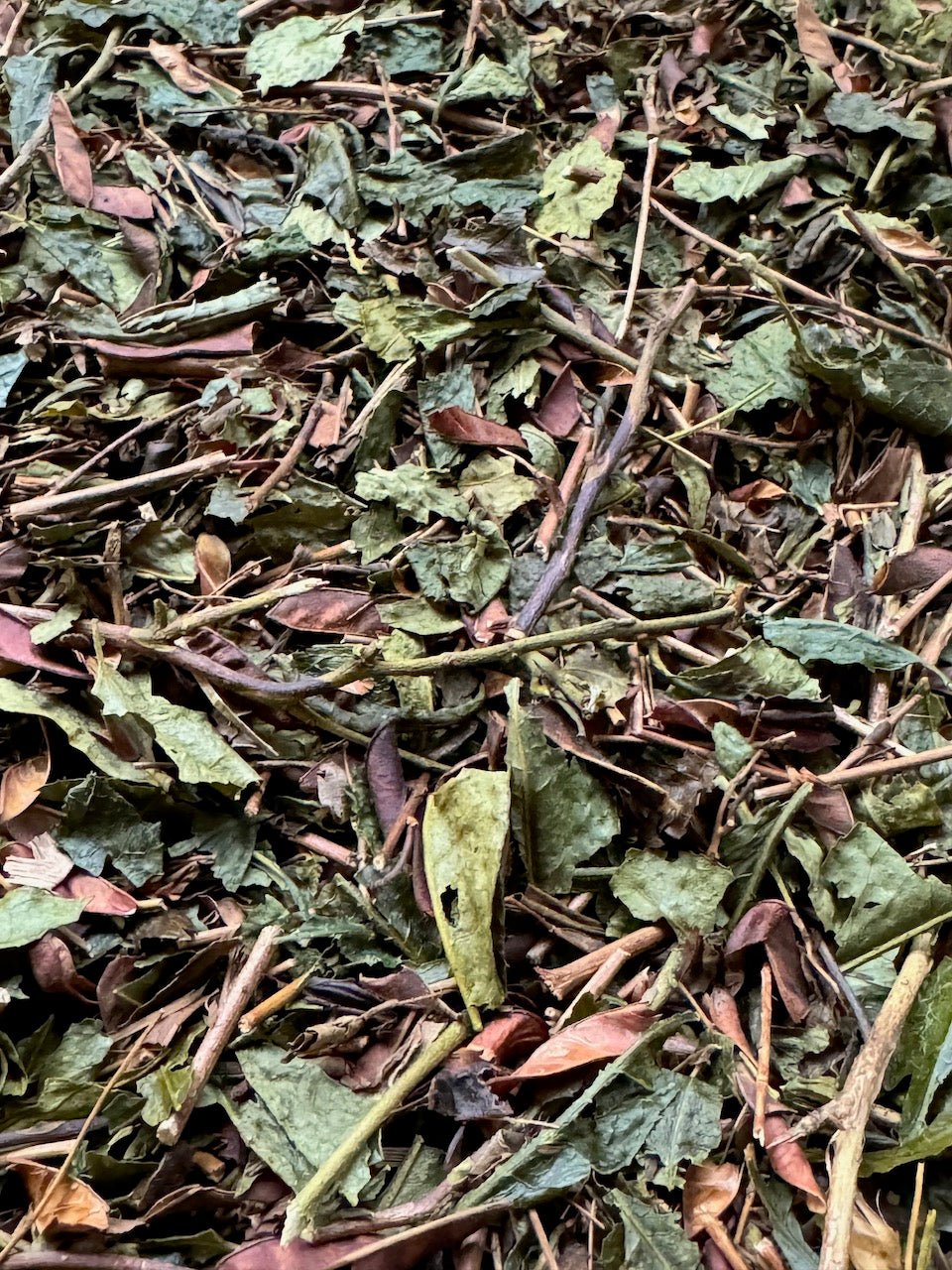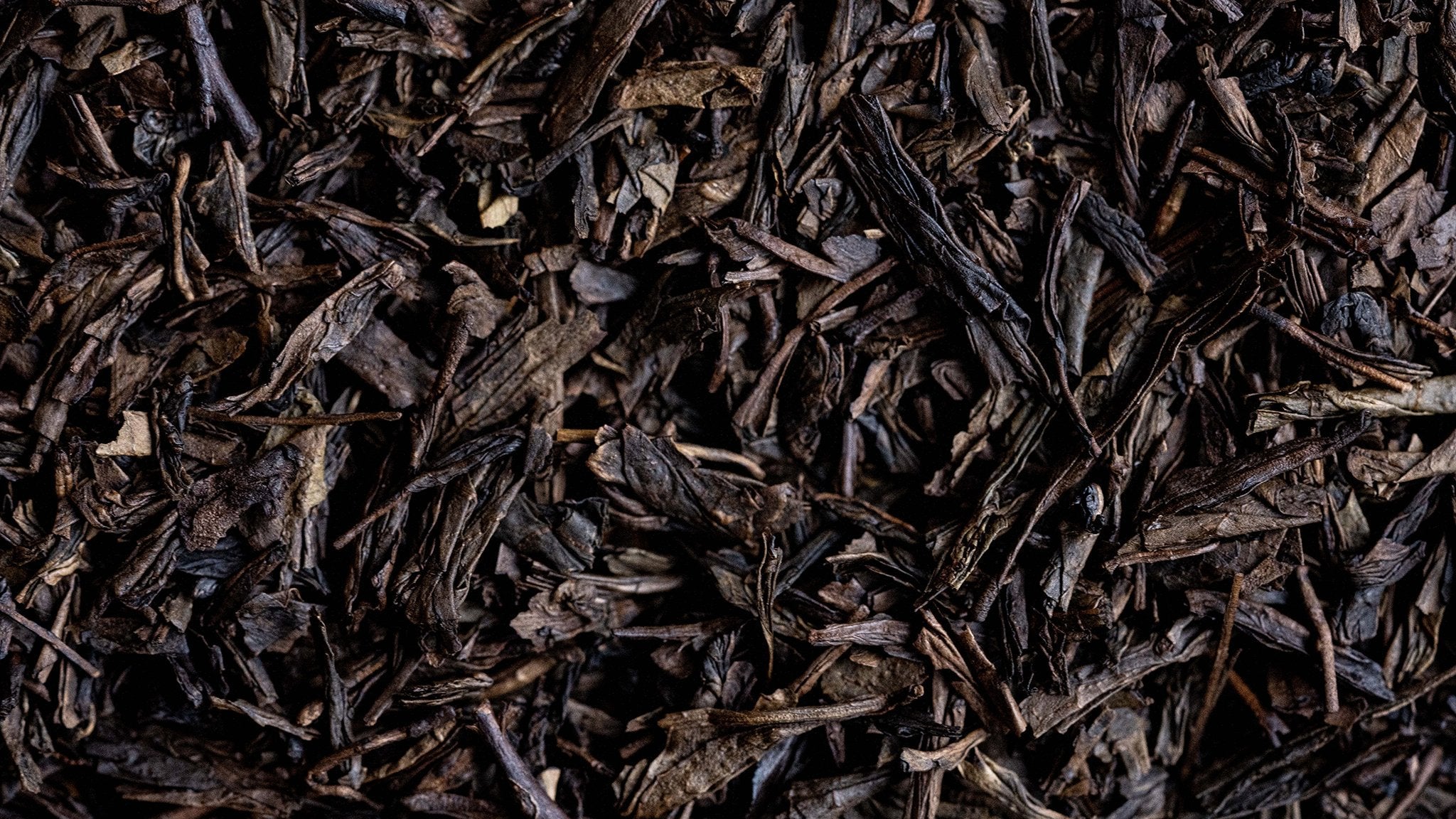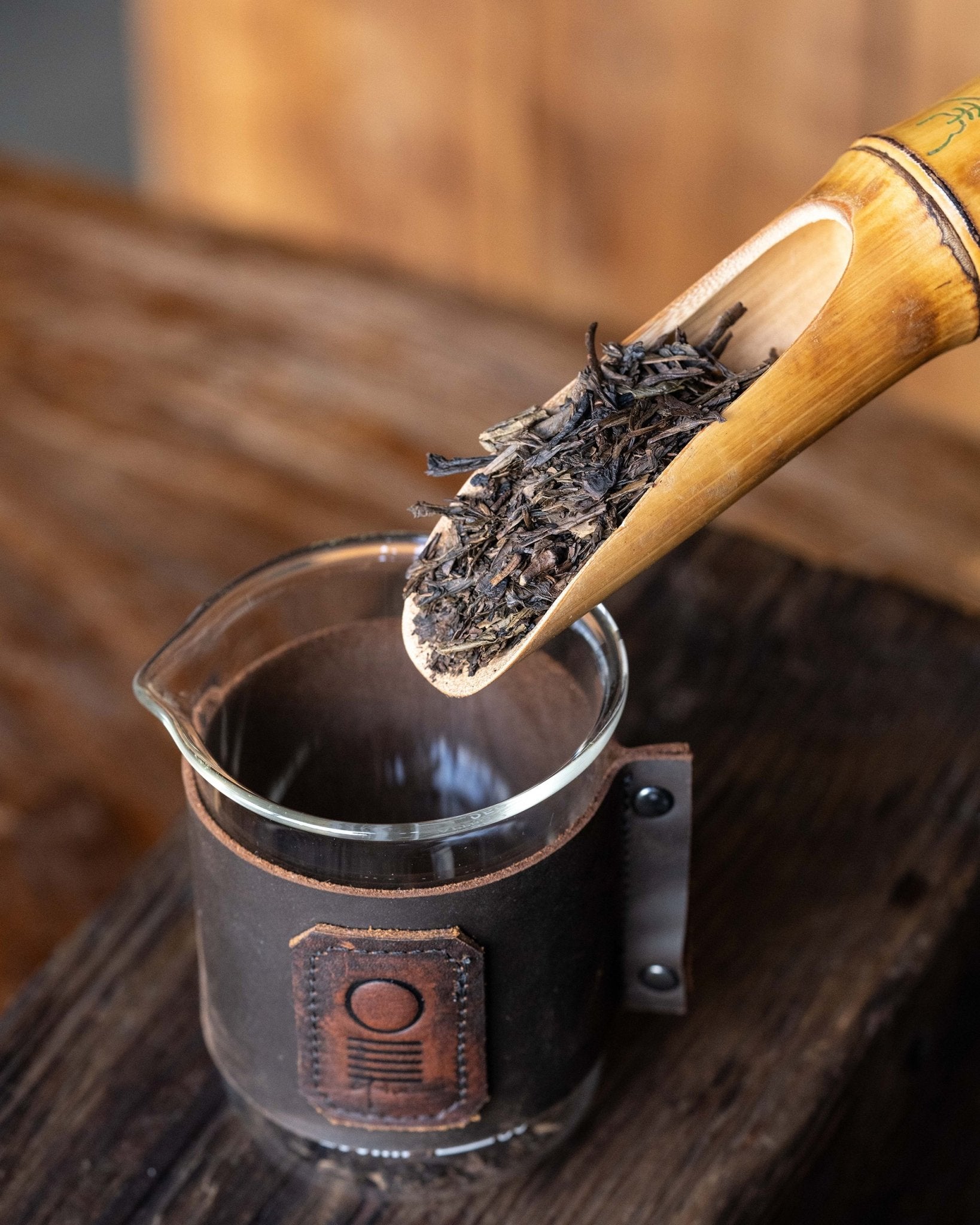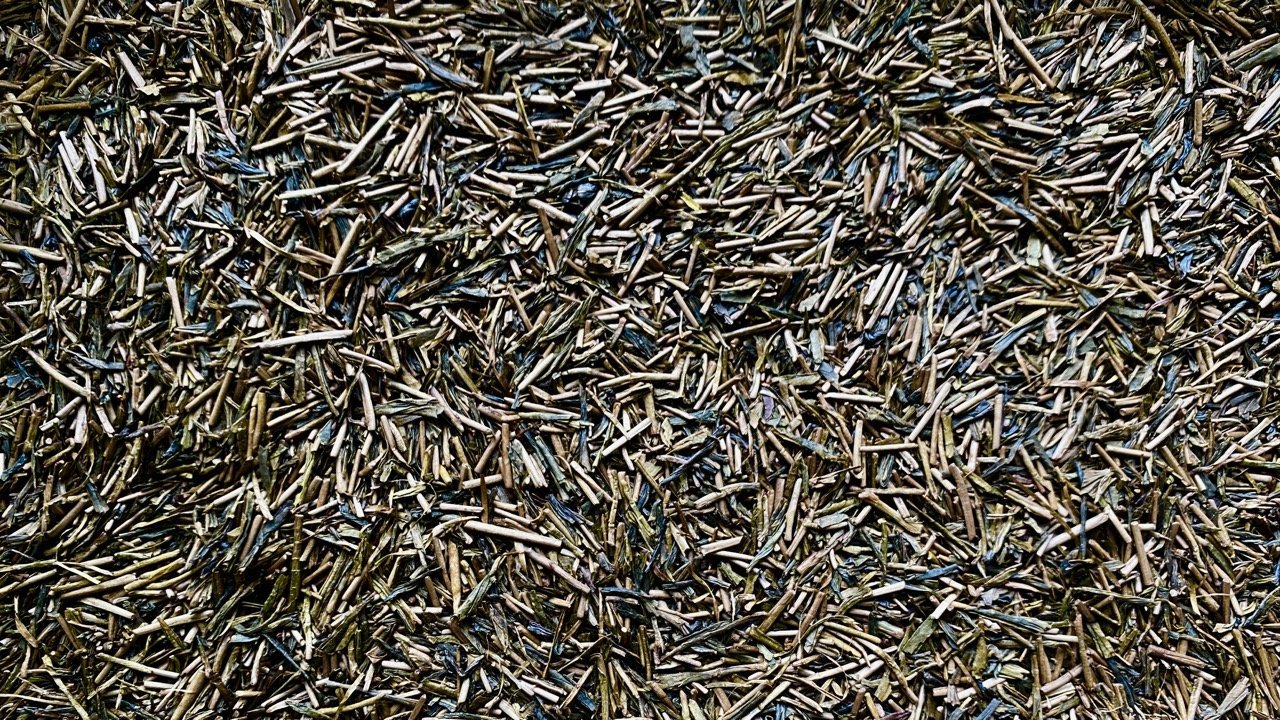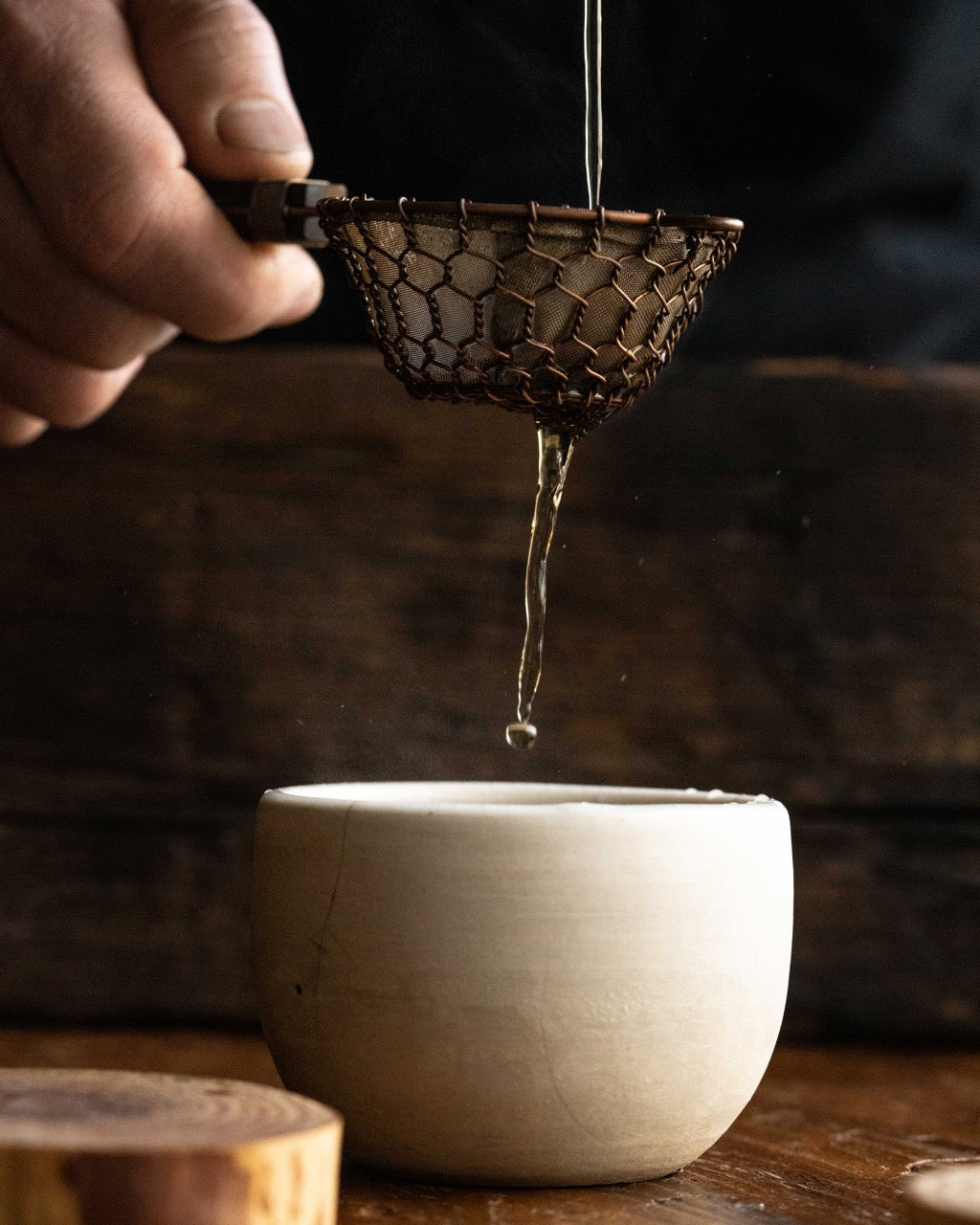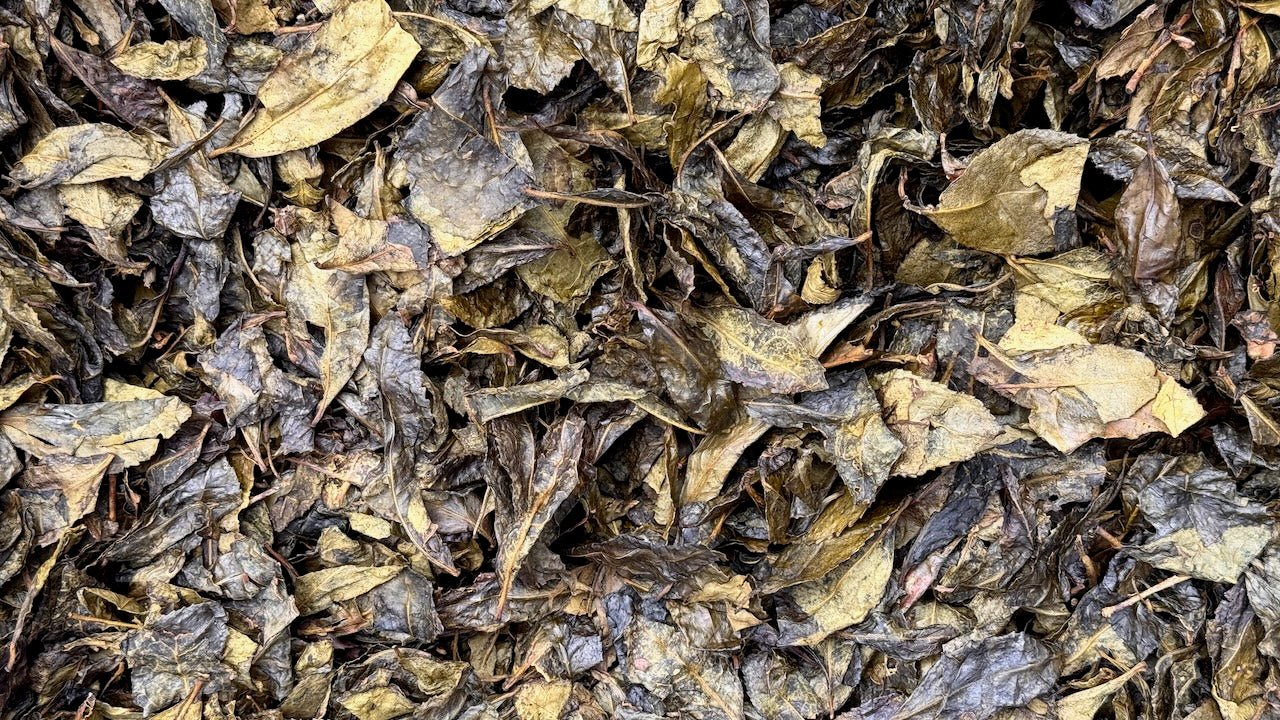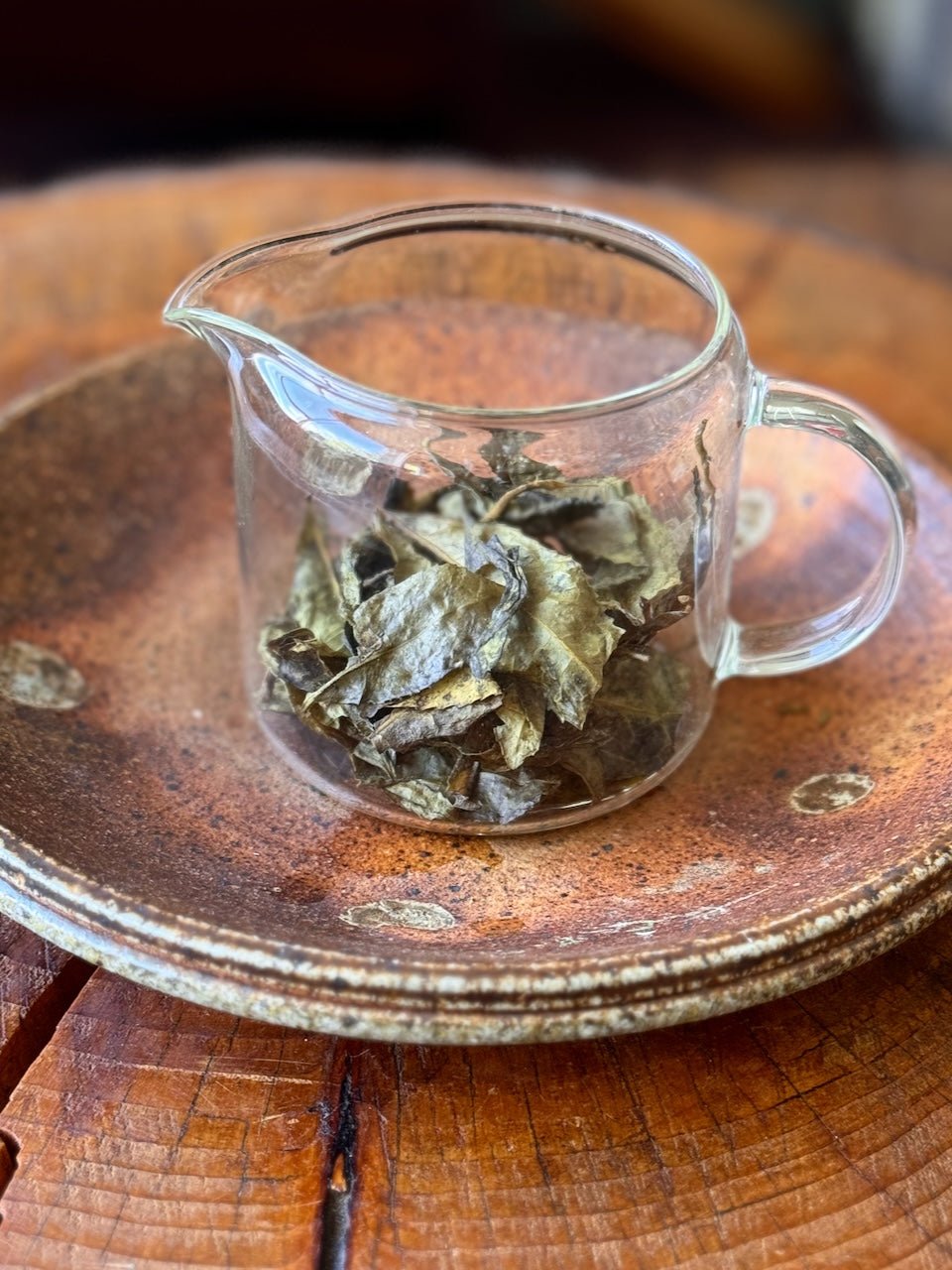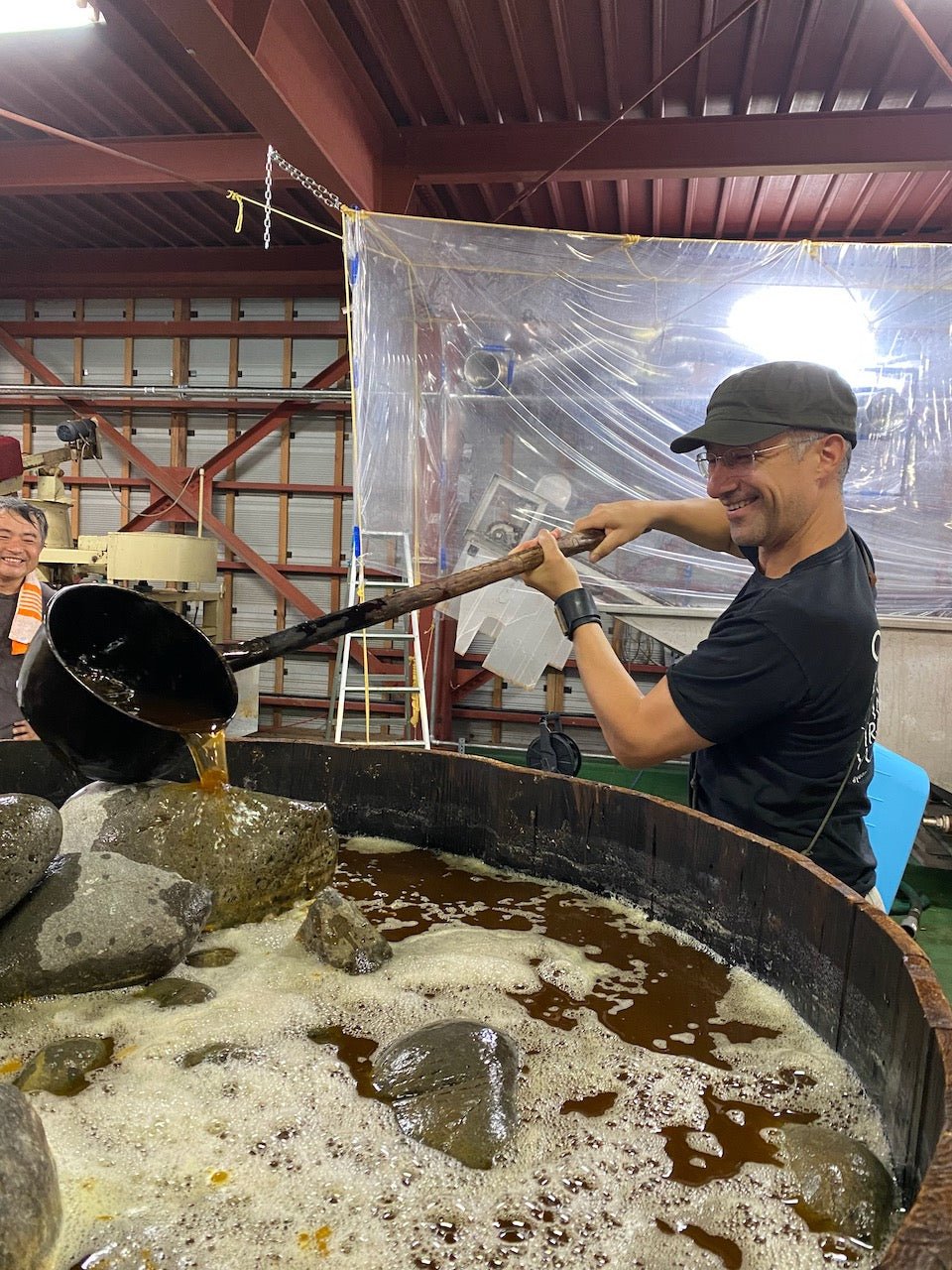
BANCHA & FOLK SPECIALTIES
What is the most overlooked yet incredibly intriguing category of Japanese tea?
Japan is world famous for its tea leaves and related culture. We are fascinated by matcha, the beating heart of Japanese Sa Do (茶道, the Way of Tea); we crave the intensely green shincha of spring, overloaded with chlorophyl.
Yet Japan is also home to a very wide variety of folk teas that are in severe danger of disappearing. Most of these belong to the 'Bancha' category.
Introducing Bancha (番茶): 番 (ban) means "number"; it is often used to imply and can imply that something is common or ordinary. 茶 (cha), of course, means "tea." The term 'bancha' has traditionally been used for the inexpensive tea that ordinary people drank. Since old times, many villages developed very unique types of tea intended for daily use; many of these seldom if ever let their origin.
In modern Japan, where the population of small villages is ever decreasing, the production of many of these tea gems has declined significantly.
In this collection you will find some heartwarming hojicha (ubiquitous across Japan), but also some rare teas that are currently made by only a handful of artisans in the world. Explore wonders like Musashi's favourite tea, anaerobically fermented Awa Bancha, and the most intriguing Bata Bata Cha.
